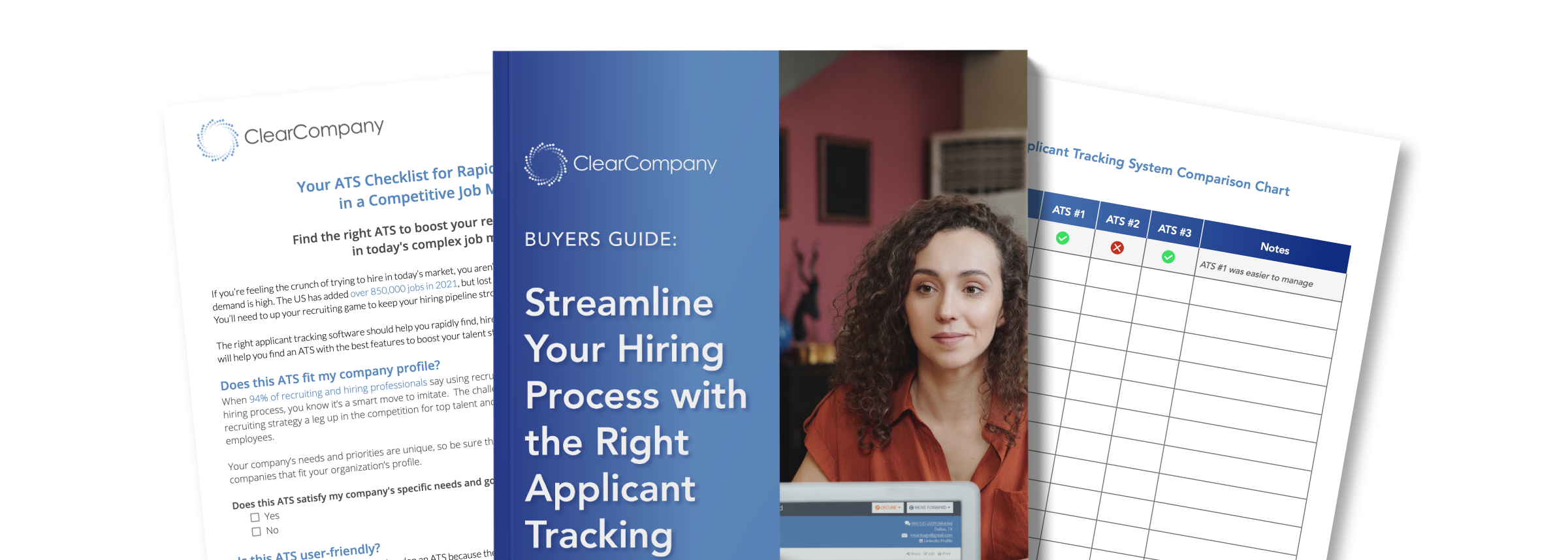Every company has critical roles that are difficult to fill, demanding high-caliber talent. When it comes to hiring these candidates, you have to act fast — top candidates are only on the market for around 10 days. That means chances are, employees with specialized skills are already working at another company. But that doesn’t mean they’re impossible to recruit or that you shouldn’t consider them as a candidate source.
Passive candidates could be the answer to finding the best employees for your hardest-to-fill roles. Before you start recruiting them, learn these three common myths about passive job seekers and get some recruiting tips.
Are passive candidates part of your #TalentAcquisition strategy? Don’t believe these 3 myths about them:What is a passive candidate?
73% of potential candidates are passive candidates, meaning they’re not actively searching for a new role but aren’t closed off to other opportunities. Be sure to include passive candidates in your talent acquisition strategy for hard-to-fill roles so you don’t miss out on candidates with the skills and experience you need.
Nurturing passive candidates requires a different approach than recruiting active candidates. They won’t be applying to your posted job openings — recruiters have to reach them where they’re at with social media ads and direct messages, emails, and in some cases, phone calls or introductions via colleagues.
If passive candidates are receptive to recruiters, their candidate experience will often be unconventional and may entail informal interviews and discussions with recruiters, hiring managers, and colleagues, skills tests, job shadowing, and other steps. These candidates also generally demand more attention from recruiters, like more communication and negotiation.
It’s no myth that passive candidates require a different approach to recruiting, but these are three myths you may have heard about them that you shouldn’t believe.
1. They’re not interested in new job opportunities
Just because they’re not looking doesn’t mean passive candidates are uninterested in what recruiters have to say. It just means they’re not scanning job boards and polishing their resumes. Recruiters have to take the lead in communication with these candidates. Unlike active job seekers, your passive talent pool is less likely to follow up on conversations, schedule interviews, or accept job offers quickly.
Because they’re already employed, your employee value proposition (EVP) needs to be strong in order to entice passive candidates. Find out what they aren’t getting in their current roles to help passive candidates see the possibilities at your company. Make sure you have something special to offer passive candidates beyond the pitch that’s on your careers site.
Recruiting Tip: Turn your employees into brand ambassadors with employee referral programs. These incentive programs are both a great way to recruit passive candidates and a reliable source of quality candidates. Referred employees cost an average of $1,000 less to hire than other employees, stay 70% longer, and can be hired up to 13 days faster.
An #employeereferral program could be the key to recruiting more passive candidates — and high-quality hires:2. Passive candidates are “better” candidates
Sourcing passive candidates is generally more difficult because they’re already employed and need just the right combination of factors to leave their current roles. As a result, there’s a myth that because sourcing passive candidates can be more difficult and because they are already employed, they’re “better” candidates. But, that’s not true, and recruiters shouldn’t lose sight of other candidates.
Recruiting Tip: When sourcing hard-to-fill roles, be sure you have a firm understanding of which skills the candidate must have and which are nice to have or can be taught. You should also have an excellent understanding of why passive candidates are a good fit for the open position at your company before reaching out to them. This helps avoid wasting time recruiting passive candidates that aren’t the best possible fit for the role.
3. They’ll only switch jobs for a big raise
A Mckinsey poll shows that about 40% of workers around the world say they’re likely to quit their jobs in the near future, and not all of them are doing it to make more money. While there’s no denying that a salary increase is one of the top reasons employees switch jobs, it’s far from the only reason.
There are lots of reasons employees leave one company for another:
- 63% of employees say they quit to gain career growth opportunities
- 55% left for more fulfilling work
- 34% left due to uncaring leadership
- 29% left due to unsustainable expectations from their employer
- 26% cited a lack of flexibility and a lack of support in the workplace as their reasons for quitting
Before you talk to passive candidates, you should understand why they would be a good fit and which of their skills appeal to your organization. Tell them how you think they would add value to your company. Then, find out what drives them and what could inspire them to make a career change to shed light on their decision-making process. Ask about their wants and needs in the workplace so you can make the most compelling offer possible.
Foster a networking relationship with passive candidates to better understand their points of view rather than relying on cold calling. Once you understand what passive candidates are looking for outside of money, you’ll be able to refine your EVP and take them down the path to becoming a new acquisition.
Passive candidates have the potential to be high-performing, loyal employees at your organization. Build your own pool of passive talent, stay in touch, and guide them through an efficient, personalized hiring process when the time comes with ClearCompany Recruiting.
With our Applicant Tracking System (ATS), you can retain important candidate information, keep records of conversations, and more. Sign up for a demo with a ClearCompany expert today to see how these features can aid your passive candidate outreach.


